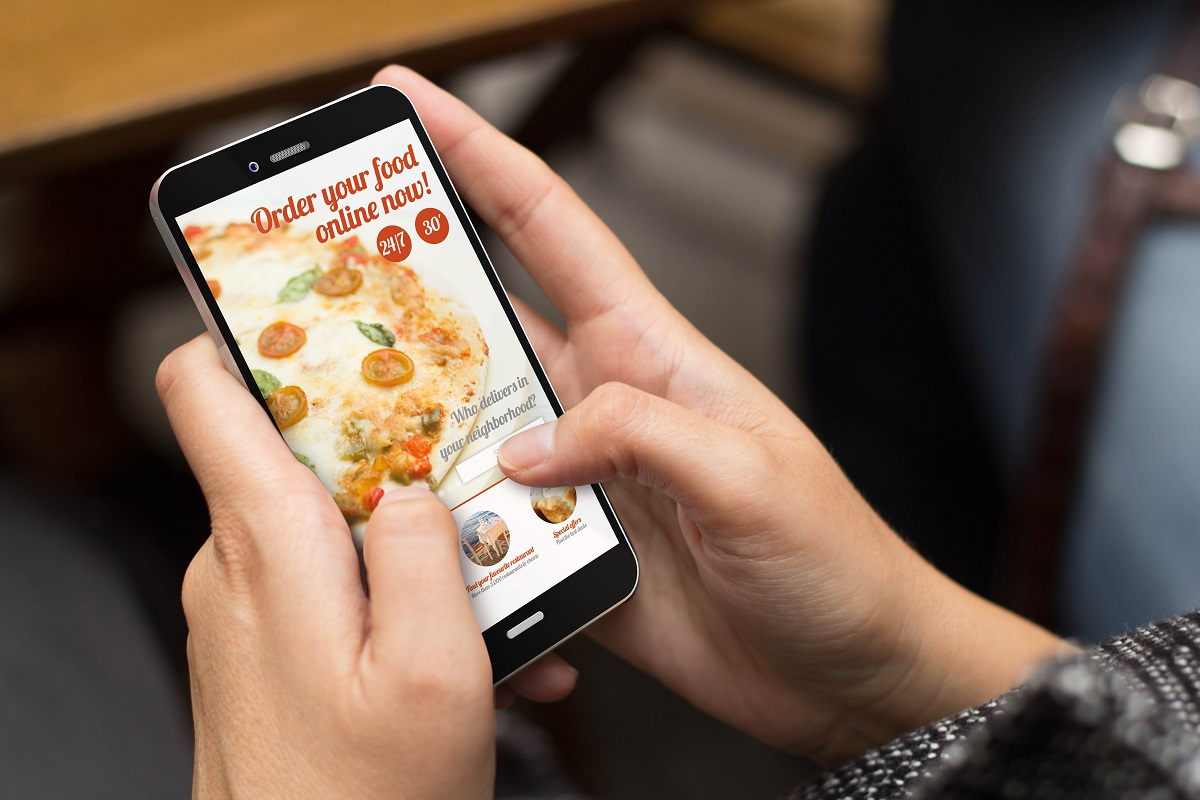Technology has touched all facets of life. From the moment you wake up to the time you go to bed, electronic devices are right there with you. Your smartphone or laptop has become an extension of you; you use it to communicate with your family and acquaintances, to submit your homework to your professor, to read the news, and watch videos or listen to music. These devices even contain private and sensitive information such as data about your health, your whereabouts, and browsing history.
And, as more people get access to electronic devices and the internet, technology will become even more pervasive in everyone’s everyday lives.
It is not surprising, then, to find new technologies entering most industries and fields. They are in offices, crunching the numbers, and in factories, aiding human workers in manufacturing. They are also in the food industry, revolutionizing the way food is grown, handled, and served to consumers.
Technology in Food

It is through technology, too, that people are now able to order food online. Apps such as GrubHub and DoorDash deliver ready-made food right at the customer’s door, a god-send during the pandemic. Google Maps has also partnered with companies to allow consumers to order food directly from browsing its mobile app. The most popular fast-food chains in the world also have their own mobile apps which people can browse and order from whenever they are hungry.
This has made access to all sorts of dishes and cuisines easier and more convenient.
One 2016 survey found that consumers rely on online food delivery at least once a week. Experts predict that online food delivery will continue to grow in the coming years.
Entrepreneurs who are considering jumping on smoothie franchise opportunities or dreaming of opening their own fast food joint should integrate online services. Apps like UberEats are enabling restaurants to easily put restaurants on the internet.
However, the process is not perfect yet. There are challenges that restaurants face with online deliveries. Here are a few.
Coping with Higher Demand
Apps open restaurants to more consumers. Those who would rather stay at home can order whichever meal they want with a few taps on their smartphones.
While, for a struggling restaurant, it is appealing, what happens when the service has become too popular? Can a restaurant handle the surge of online orders without compromising the quality of service given to dine-in customers?
A spike in demand during the holidays or a random weeknight can stretch the staff thin, which will affect the quality of food and service delivered to customers in-store and those who are waiting at home. A good business owner can predict and respond to a sudden increase in demand, but not everyone is Nostradamus. It is challenging to find a balance when, one moment your restaurant is experiencing a quiet afternoon and then, moments later, a surge of new orders come in at the same time.
Maintaining Quality in Transit
Restaurants also have to figure out how to deliver the same quality of food to their customers who are waiting at home. In-store, it is easier because food is delivered only a few steps away from a table of hungry diners. If the quality is not up to par with the diner’s standards, they can send the meal back to the kitchen and request a new one.
With online food deliveries, it is significantly more complicated. Food should remain fresh in transit. Therefore, speed of delivery is necessary (pizza parlors know this well). The packaging should also help retain the presentation of the food, protecting it from bumps and swerves that happen when the vehicle is on the road.
More Competitors
The promises that e-commerce give entrepreneurs are grand, but not always applicable to everyone. It is true that, by going online, businesses can find more customers and increase their revenue. However, the competition is stiff on the world wide web.
In online food delivery, your restaurant is not only competing with similar businesses within your community. You are competing with national and global brands.
One huge challenge is putting your business above more recognizable names such as McDonald’s, Domino’s, and Starbucks. These brands have the financial means to heavily invest in digital marketing. They can pay for sponsored promotions that appear exactly when a customer is hungry and inspire a craving for burgers or pizza. Small businesses often have to compete with these big corporations on the same platform which can be very difficult.
These are the challenges restaurants are facing with the rise of online food deliveries. Entrepreneurs who want to enter the food industry should be ready to respond to these problems.
